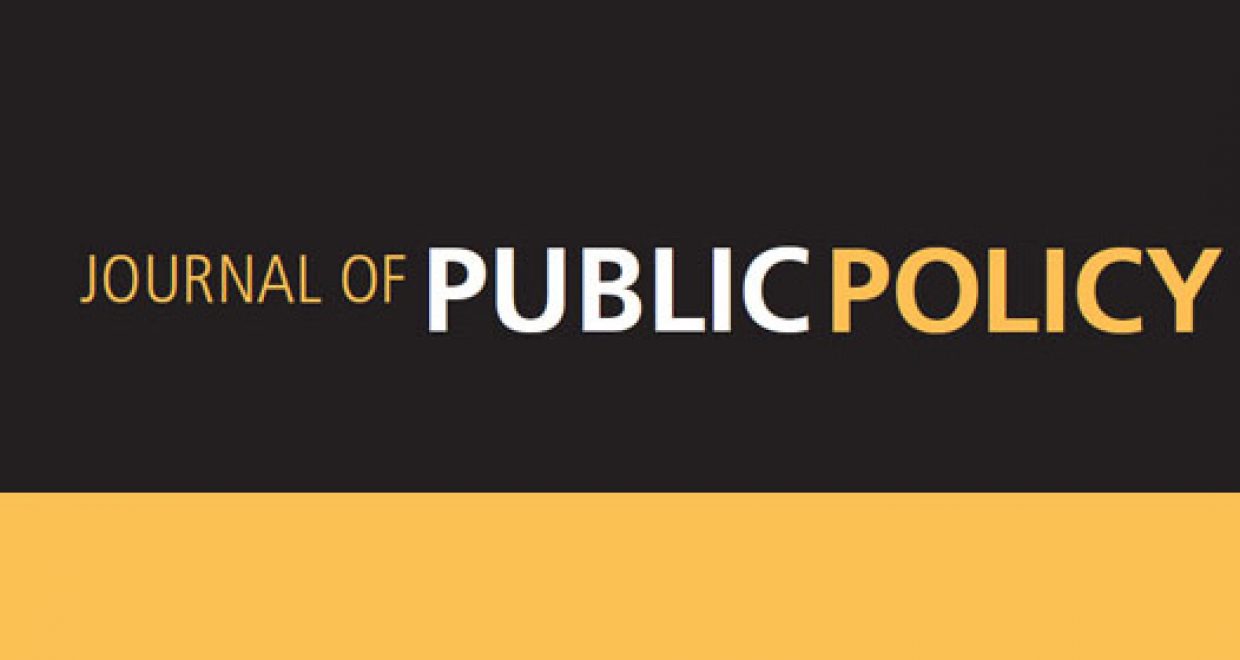How Policy Instruments Matter in Higher Education Performance
According to the mainstream literature related to governance change in higher education (HE),Western European governments have redesigned governance systems to make HE institutions more accountable by turning to a similar policy formula (the so-called ‘steering at a distance’ governance arrangement). However, there is no clear evidence regarding either the composition of the adopted policy formulas or whether and how the new governance template can be associated with satisfactory results. We address this gap by focusing on the specific combinations of policy instruments that have been adopted at the national level. Accordingly, we turn to qualitative comparative analysis (QCA) in order to assess which instruments or combination of instrumental shapes was associated with better systemic performance on teaching, operationalised by taking into account the (adjusted) increase in the percentage of people with a university-level degree.
We propose a classification of substantial instruments (regulation, expenditure, taxation and information) to grasp the complete spectrum of induced behaviour that can be addressed and we operationalise these instruments according to different shapes. Subsequently, we construct an original dataset of policy tools by collecting, analysing and coding all pieces of national legislation and regulations regarding HE in 12 Western European countries (Austria, Denmark, England, Finland, France, Greece, Ireland, Italy, the Netherlands, Norway, Portugal, and Sweden) from the mid-1990s onwards:
• Regulation is revealed to be the most used family of policy instruments. We discover that two out of the three most adopted instrumental shapes are concerned with giving more opportunities to universities, in terms of both the content of curricula and institutional governance and this seems quite coherent with the common ‘steering at a distance’ governance model. However, the most utilised of all the policy instruments is related to assessment, evaluation and accreditation.
• Expenditure was delivered not only through grants but also through targeted funding and, above all, performance-based institutional funding. Thus, the most expected expenditure instrument in a pure ‘steering at a distance’ governance model – lump sum – was adopted less than expected. Therefore, governments demonstrated the will to maintain a certain degree of control over the behaviour of universities.
• Taxation and Information – only two instrumental shapes were particularly utilised: tax reduction for particular categories of students and transparency.
Fuzzy-set QCA helps us to identify the most theoretically convincing and empirically robust combination of instrumental shapes, suggesting two distinct paths associated with an increase in teaching performance:
1. in Scandinavian countries and the Netherlands rules about goals in teaching were revealed to be the prevailing policy instrument, namely the government has significantly followed an autonomistic policy but has counterbalanced it through a clear indication of what the overall system is expected to deliver in terms of performance in teaching.
2. in Anglo-Saxon countries and Greece improved performance was mainly associated with performance-based institutional funding and the absence of service-based student fees, which means that the government ‘steers at a distance’ by financially addressing the behaviour of the institution.
The empirical evidence presented here shows that the evaluative literature on HE performance should find a third method that lies between the variable-oriented research strategy and the dense description of case-study analysis in order to fully grasp what may be important in terms of performance. Moreover, this paper could represent an illustrative contribution to better describe both the content of policy mixes and how they work. Finally, there are different possible paths for further research starting from the approach we have presented here:
1. extending the research by comparing different policy fields and/or by including countries belonging to different geo-political contexts;
2. looking at implementation practices;
3. focusing on a few exemplary national cases for a deeper analysis of the diachronic sequence of instrumental choices made by governments;
4. analysing the diachronic interaction between structural/environmental factors and policy instruments in determining the policy performance.
This research demonstrates that policy instruments matter, and in the future we should work to better understand how they do their job.
– Giliberto Capano, Andrea Pritoni and Giulia Vicentini.
– The authors’ new Journal of Public Policy article is available free of charge until the end of August 2019.






